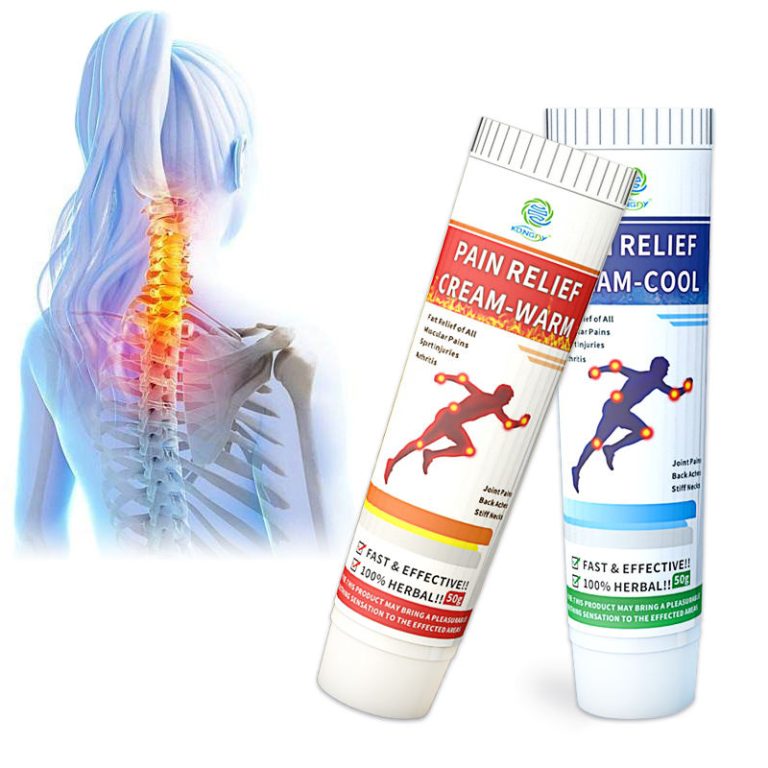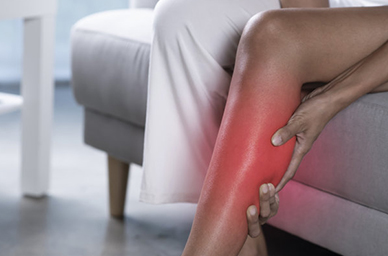As awareness of prostate health grows, men are exploring diverse options for maintaining wellness. Prostate Cream has emerged as a popular choice for those seeking a non-invasive approach to prostate support. This innovative product offers several advantages that make it an attractive addition to men’s health regimens.
The primary benefit of using a topical cream lies in its targeted delivery system. When applied to the skin, the active ingredients bypass the digestive tract and enter the bloodstream directly. This method reduces potential interactions with foods or medications and may result in better bioavailability of key nutrients. For men who dislike swallowing pills or have sensitive stomachs, this represents a comfortable alternative.

Prostate Cream formulations typically feature a blend of time-tested natural ingredients. Saw palmetto, one of the most researched botanicals for prostate health, is frequently included for its potential to support normal urinary function. Beta-sitosterol, pygeum africanum, and zinc are other common ingredients valued for their role in maintaining prostate wellness. Together, these components address various aspects of prostate health comprehensively.
Men using Prostate Cream often report satisfaction with the ease of application and the absence of gastrointestinal side effects sometimes associated with oral supplements. The cream can be applied discreetly at home, fitting seamlessly into morning or evening routines. Consistency is key, and the straightforward application process encourages regular use.
It’s worth noting that while Prostate Cream can be a valuable tool for proactive health management, it should not replace professional medical advice. Men experiencing significant urinary symptoms or prostate concerns should consult healthcare providers for proper evaluation and guidance.
By incorporating Prostate Cream into a balanced wellness program that includes healthy eating, physical activity, and regular health screenings, men can take meaningful steps toward supporting their prostate health throughout the aging process.






